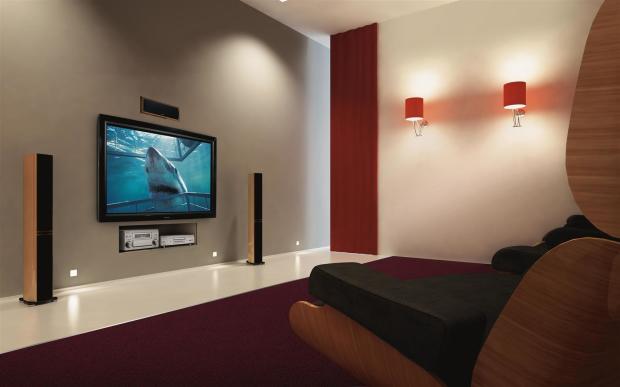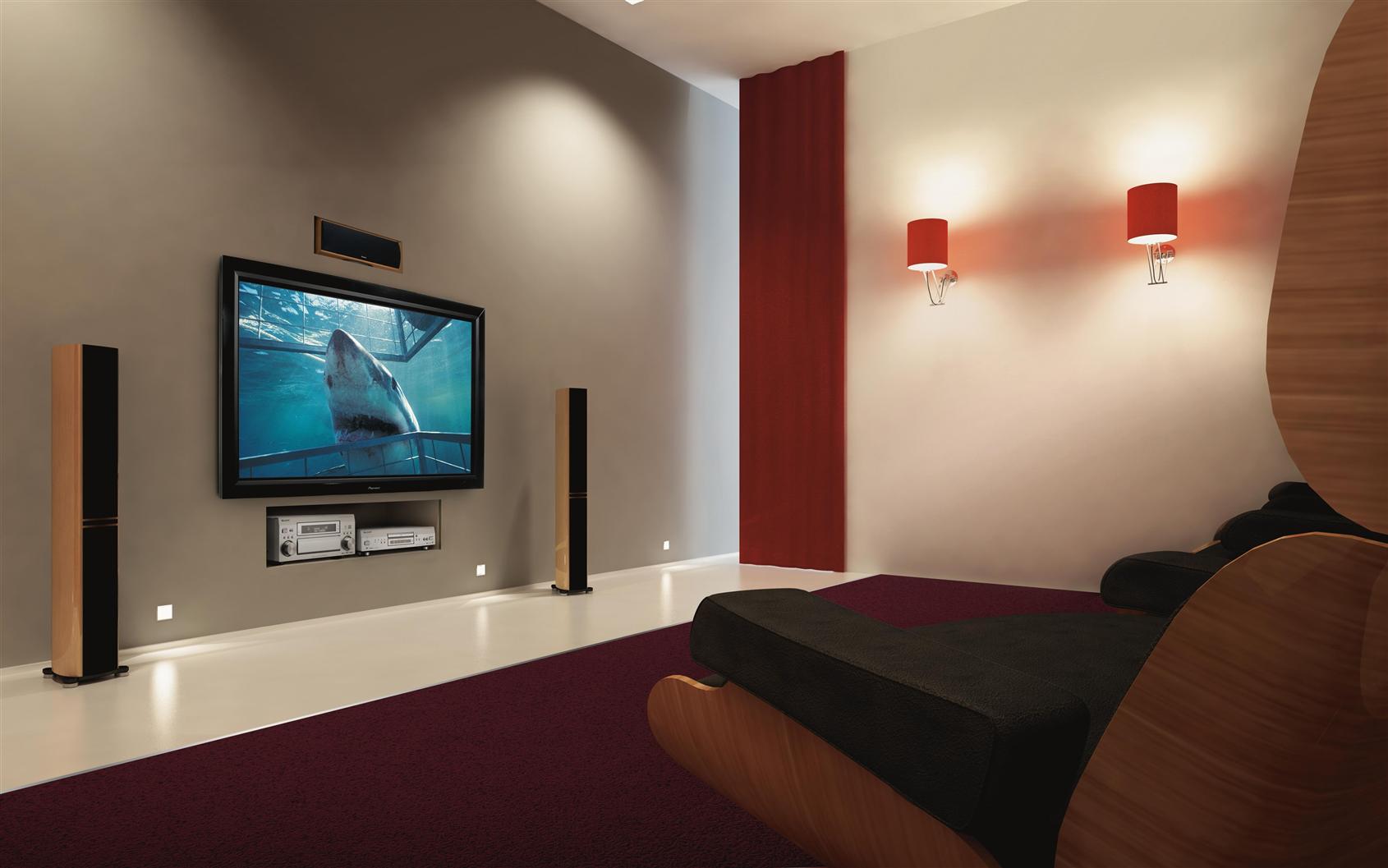Television sets featuring plasma screens have revolutionised the way we watch and use TVs in the UK. The world’s first full-colour plasma display was introduced by Fujitsu in 1992, but it wasn’t until five years later that rival company Pioneer started selling plasma television sets to the public.
Since then the development of plasma TVs has been rapid and changed the look of living rooms all over the UK:

CRT
Initial television sets were built around a large vacuum tube and known as CRT sets, short for cathode ray tube. This meant that the larger the screen, the further back the set went in terms of depth, making large screen models take up a significant amount of floor space.
What is a Plasma Screen?
A plasma display panel utilises small cells containing electrically charged ionised gases, in effect, rows and rows of tiny fluorescent lamps.
Plasma displays are especially bright compared to other types of screens, usually 1,000 lux or higher.
Flat-screen Technology
The introduction of the plasma TV to the mass market meant that flat screen designs could be incorporated into homes for the first time, making wall-hung televisions a possibility.
Display quality
Plasma displays meant that high definition pictures became the norm and allowed the digitisation of broadcast television as well. The screens offered far better colour definition that CRT TVs, along with increased contrast capabilities and faster response times.
Screen size
Once large screens didn’t necessarily require depth too, screen sizes increased rapidly and millions of modern homes opted for screens of a large size that were also sufficiently flat.
Thickness
As the width of screens has got bigger, the depth has also got smaller. Average plasma displays became four folds thinner between 2006 and 2011.
Viewing angle
Some flat screen technologies suffer from a narrow viewing angle, which means that you have to be placed directly in front of a set a decent viewing experience. With a plasma screen, wider viewing angles are standard and images do not suffer from degradation at high angles as they do in the case of LCD screens.
Refresh rates
The faster the picture on a screen refreshes, the more realistic the result looks. The very high refresh rates and faster response times of plasma screens, means there is less motion blur, making them perfect for displaying content with rapid motion such as sports programs.
As well as all their intrinsic performance abilities, plasma screen TVs made it commonplace to have a range of different connectors on a TV set, so that other media such as games consoles and laptops could be hooked up easily.
With the ‘next gen’ models of ‘smart TVs’ now on the market, plasma screens are moving to the heart of the next phase of television development.

